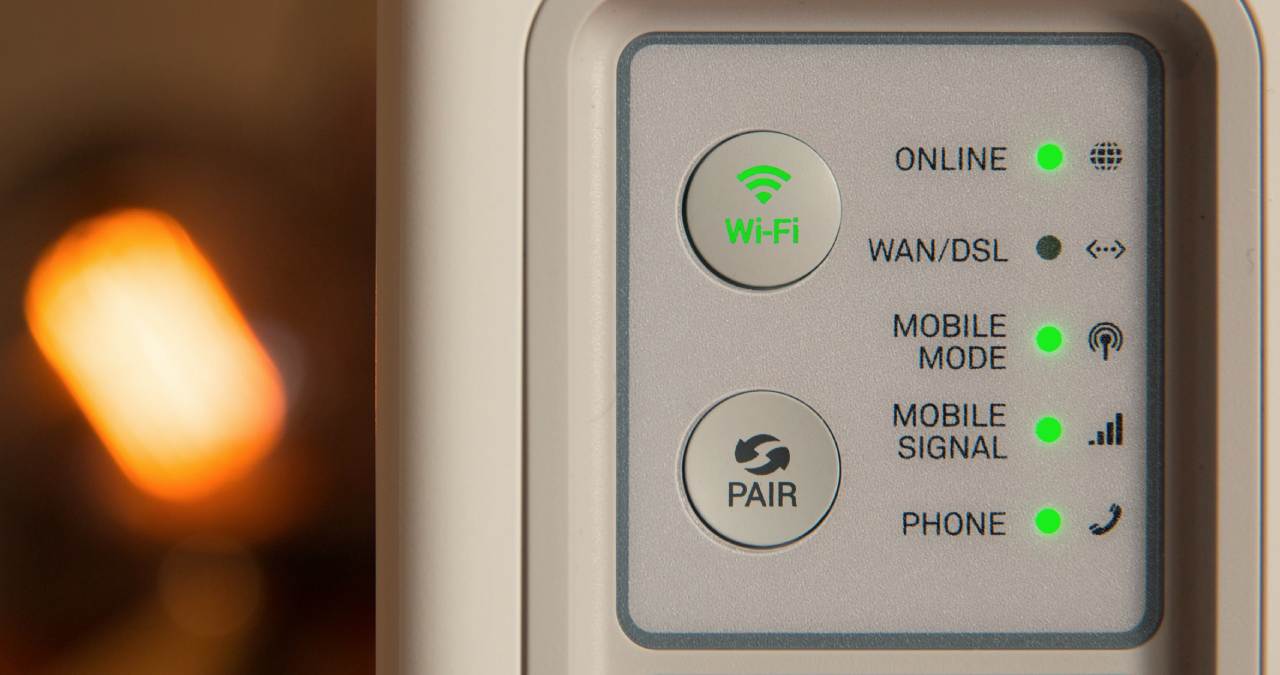Hotspot 2.0 is a standard of the Wi-Fi Alliance that enables mobile devices to connect to a Wi-Fi hotspot within range automatically and to authenticate themselves without user interaction. The authentication can be based on the SIM card information. Areas of application are traffic offloading and roaming between WLAN network operators.
With Hotspot 2.0, abbreviated HS2, there is a standard of the Wi-Fi Alliance and the Wireless Broadband Alliance. Alternative terms used for Hotspot 2.0 are Next Generation Hotspot (NGH) or Wi-Fi Certified Passpoint. The standard aims to enable mobile devices such as smartphones, tablets, or laptops to automatically connect to a Wi-Fi hotspot within range and authenticate themselves. The user does not have to be active and enter access data. The authentication can, for example, take place based on the SIM card data or certificate-based.
Enterprise-class WPA2 (Wi-Fi Protected Access 2) is used as encryption technology in a Hotspot 2.0 network. Hotspot 2.0 is an extension of the IEEE standard 802.11u, published in 2011.
Possible areas of application for Hotspot 2.0 are traffic offloading and automatic roaming between different WLAN operators networks. With traffic offloading, data traffic from cellular networks can be automatically shifted to access systems with alternative wireless network technology such as a Wi-Fi network. Traffic offloading prevents traffic jams in the cellular network and improves network coverage for users. Numerous hotspot solutions, mobile devices, and operating systems such as iOS, Android, macOS, and Windows are compatible with Hotspot 2.0.
Basic Functional Principle Of Hotspot 2.0
To automatically switch to an available Hotspot 2.0 compatible WLAN, the standard defines two phases that generally take place one after the other. These two phases are:
1. Discovery an Selection (finding and selecting)
2. Authentication
Finding and choosing a compatible hotspot is implemented using so-called beacons. They are exchanged between the client (mobile device) and the access point (hotspot). The client receives a lot of information about the hotspot and the network via the beacons. Transferred information is, for example:
- The signal strength of the hotspot
- SSID (Service Set Identifier)
- Network type
- Support of the IEEE 802.11u standard
The client and hotspot exchange further information via the GAS (Generic Advertisement Service) and ANQP (Access Network Query Protocol) protocols. The protocols work on layer 2 of the ISO / OSI layer model and ensure information transmission about supported authentication methods or roaming partners.
After the “Discovery a Selection” phase, the actual authentication of the client takes place. Hotspot 2.0 allows different authentication methods. The methods are based on WPA2 Enterprise Security and are selected via the Extensible Authorization Protocol (EAP). Get supported:
- Authentication via SIM card data
- Authentication via a digital X.509 certificate
- Authentication by password and username
Once the client and hotspot have agreed on an authentication method, the necessary data is forwarded to the network operator’s authentication server or the roaming partner. After the server confirms successful authentication, the hotspot activates the mobile device, and the Wi-Fi network can be used.
Benefits Of Hotspot 2.0 For Network Operators And End Customers
Hotspot 2.0 offers network operators and end customers numerous advantages. Logging in to a Wi-Fi hotspot is automated and does not require user interaction or input of user IDs. For the user, Wi-Fi networks are just as easy to use as cellular networks. The transmission of the data is encrypted and secure by WPA2 Enterprise Security. The network supply is also improved for the end customer since the optimal network technology can be used automatically at each location. Ideally, users benefit from higher bandwidths and shorter response times and save mobile data volume.
Network operators no longer have to laboriously provide their customers with the access data required to use the Wi-Fi network. The authentication takes place automatically, for example, based on the SIM card’s data installed in the terminal. Network traffic can be shifted from 3G, 4G, or 5G cellular networks to Wi-Fi networks to prevent traffic jams caused by too many end devices or excessive use (mobile traffic offloading). The cell phone networks are relieved. For the network operator, the investment in the cellular infrastructure and the radio frequency licenses is reduced.
Other advantages of Hotspot 2.0 are:
- Better customer loyalty through the conclusion of Hotspot 2.0 roaming agreements
- Cross-manufacturer standard – support through numerous hotspot solutions, mobile devices, and operating systems such as iOS, Android, Windows, and macOS
- Possibility of certification of end devices: “Wi-Fi Alliance Certified Passpoint.”
- Better network coverage in areas with high user density and buildings thanks to the automatic offloading of cellular traffic into Wi-Fi networks
- Reduction of the energy consumption of mobile devices by using local Wi-Fi hotspots instead of cellular networks.
Also Read: Best Travel Insurance Companies Of 2020
